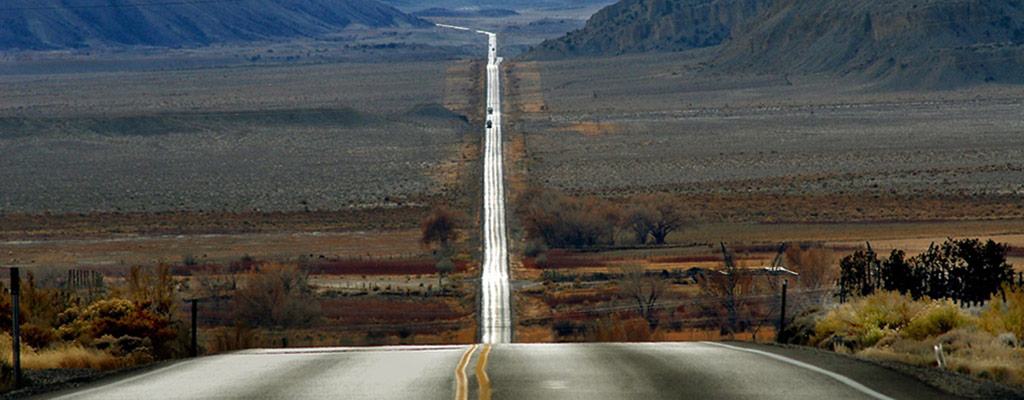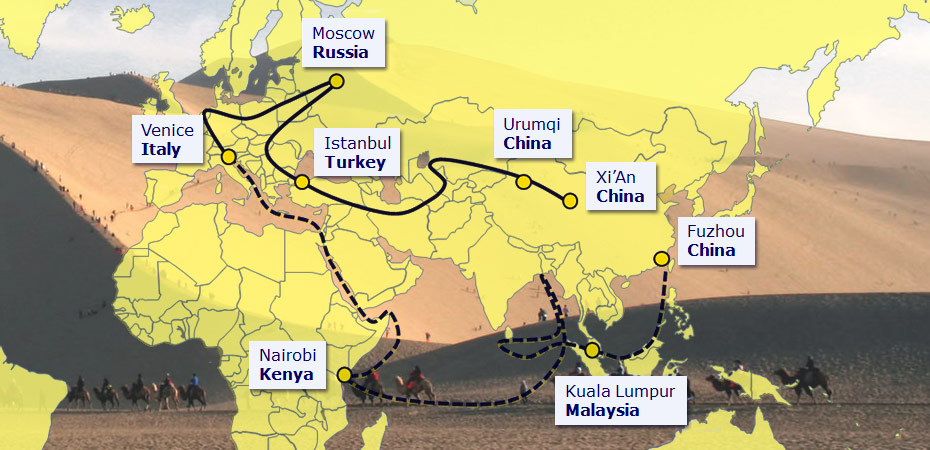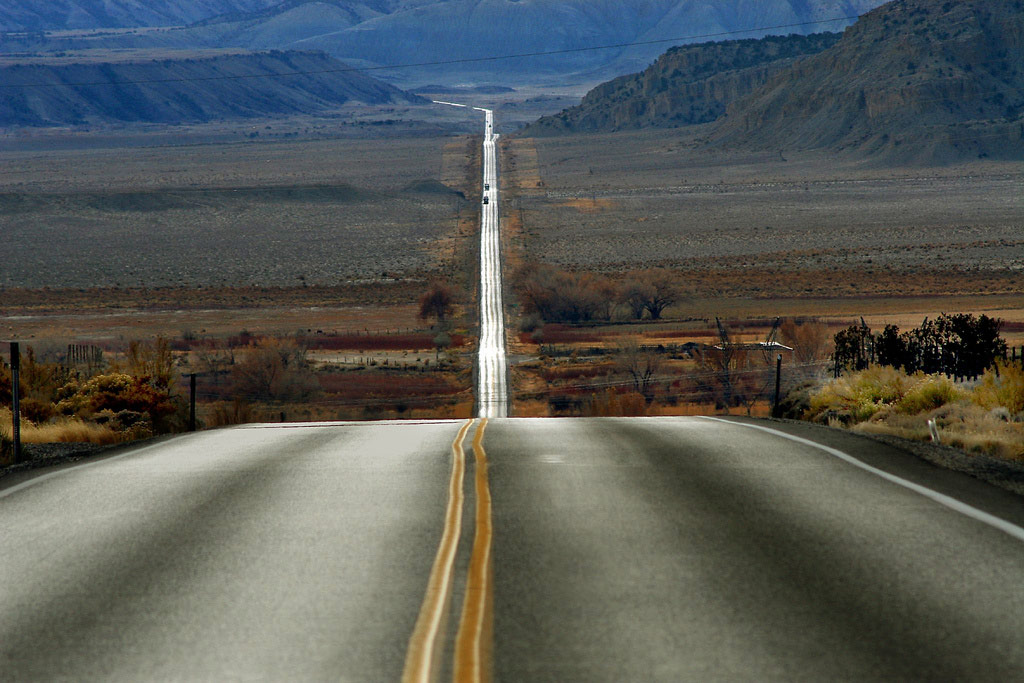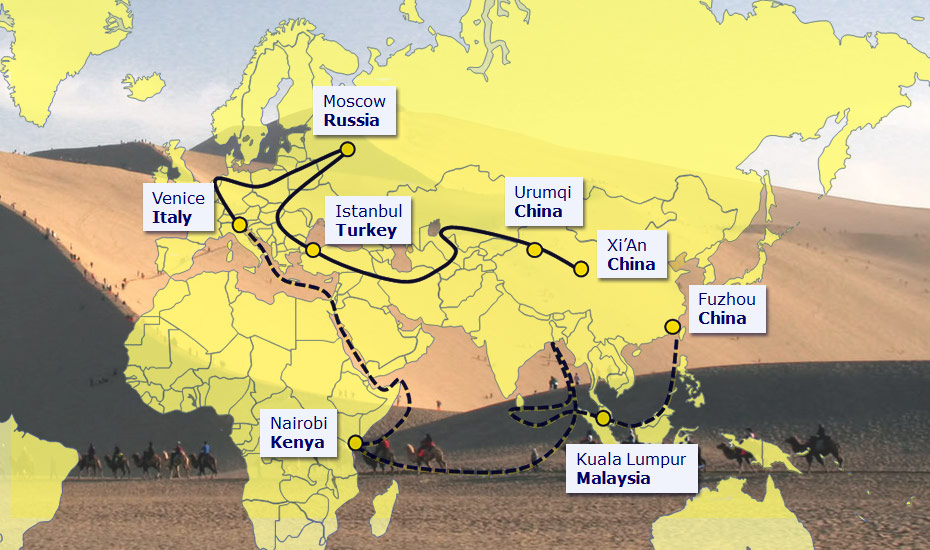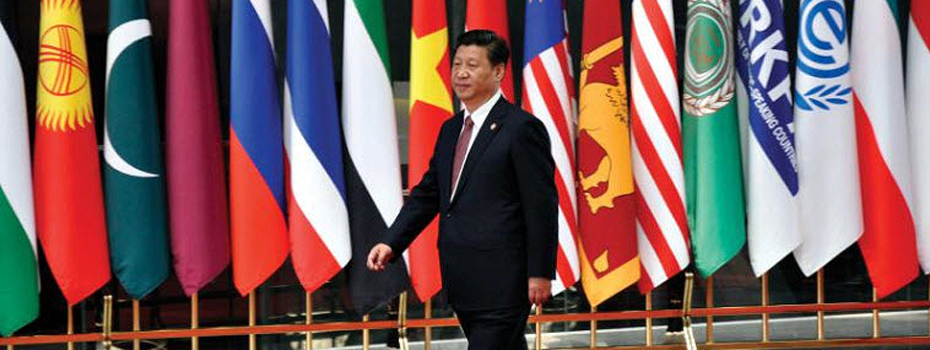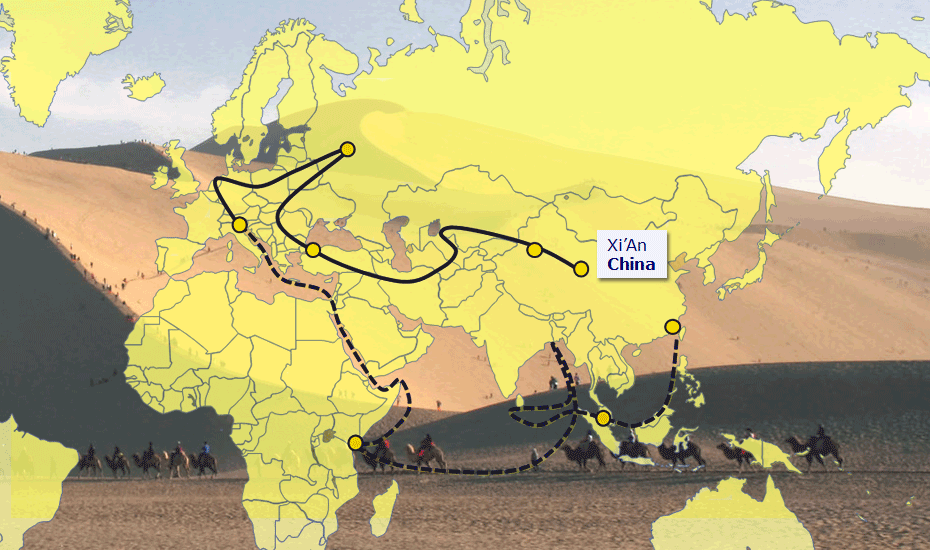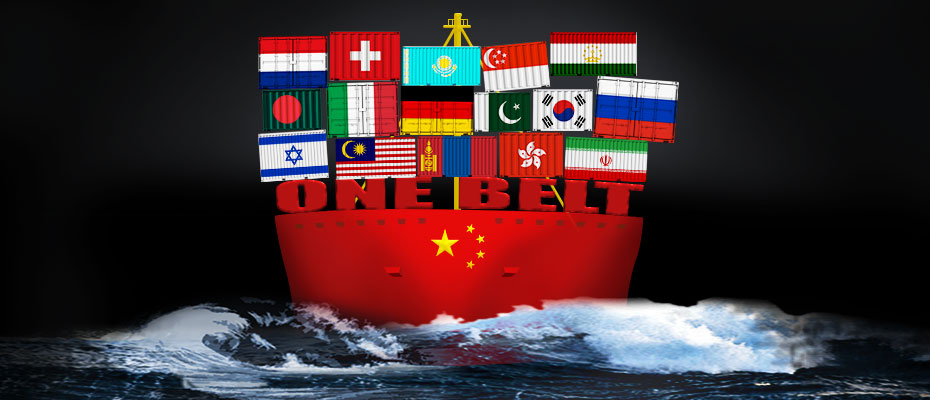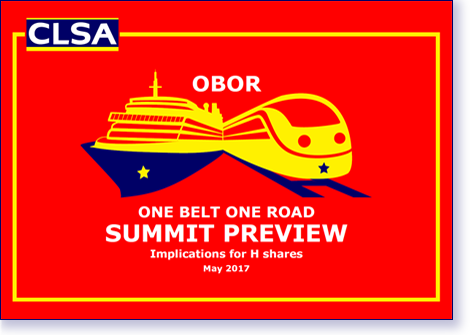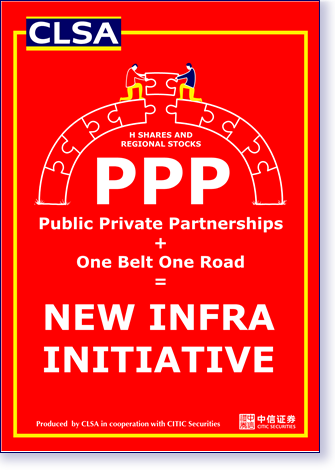Thirty years of unprecedented growth
In just 30 years, China has developed from a poor inward-looking agricultural country to a global manufacturing powerhouse. Its model of investing and producing at home and exporting to developed markets has elevated it to the world’s second-largest economy after the USA.
Now faced with a slowing economy at home, China’s leadership is looking for new channels to sustain its appetite for growth at a time when developing neighbours are experiencing rapidly rising demand.
A new economic paradigm emerges
At the heart of One Belt, One Road lies the creation of an economic land belt that includes countries on the original Silk Road through Central Asia, West Asia, the Middle East and Europe, as well as a maritime road that links China’s port facilities with the African coast, pushing up through the Suez Canal into the Mediterranean.
The project aims to redirect the country’s domestic overcapacity and capital for regional infrastructure development to improve trade and relations with Asean, Central Asian and European countries.
